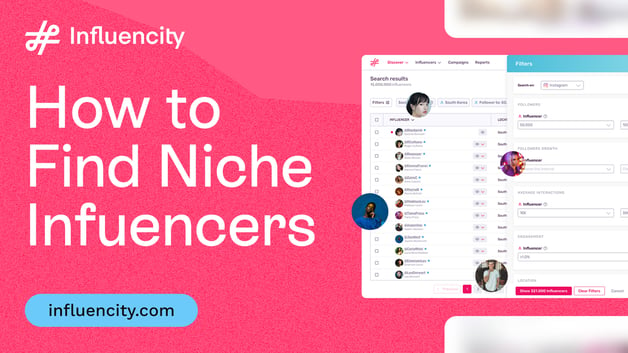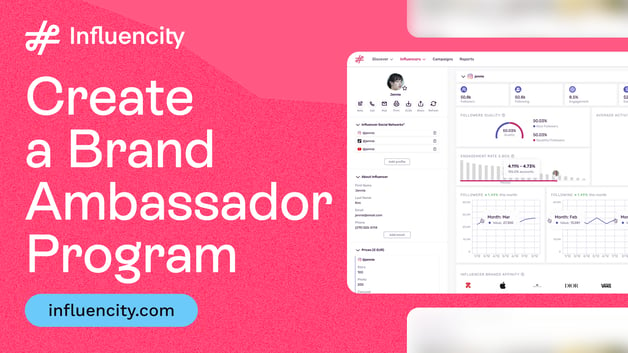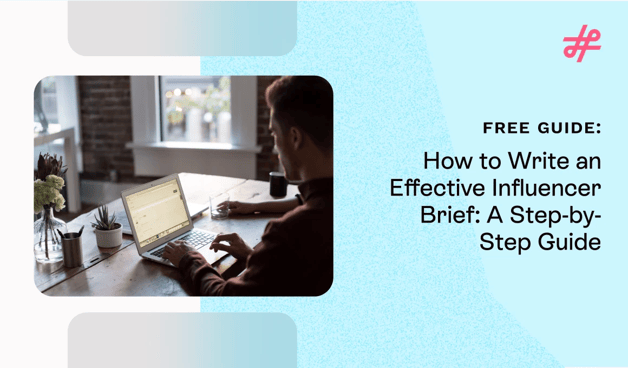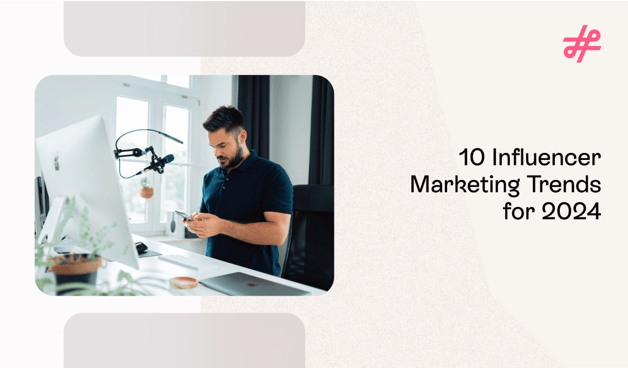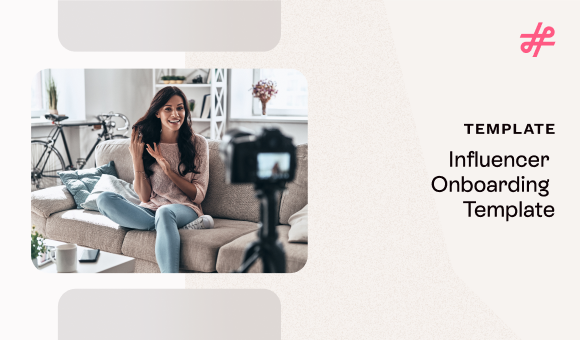Influencer Marketing
From Awareness to Order: Mapping the Buyer's Journey in Influencer Campaigns, the Taco Bell Way
Influencer Marketing
If you’ve tried influencer marketing and it didn’t drive sales, this is for you.
Many brands still think success comes from getting a lot of creators talking about them. But awareness alone does not drive sales efficiently.
Campaigns that drive ROI do something different. They walk buyers through the entire journey from "What is this?" to "I’m ordering it right now" in stages.
In this post, you’ll learn exactly how to do that, using Taco Bell’s full-funnel Cravings Box campaigns as your guide. We’ll show you how to:
- Match content formats to buyer journey stages
- Turn creator storytelling into structured conversion paths
- Build a campaign that goes beyond views and delivers results
@ncentineo Think our meet cute would go a little something like this.. @tacobell #tacobellpartner ♬ original sound - Noah
Why Mapping the Buyer Journey Matters in Influencer Campaigns
Whether you’re a demand gen lead or a solo creator, one concept separates high-performing campaigns from wasted budget: the buyer’s journey.
A buyer’s journey is the process a customer goes through when deciding whether to buy a product or service. It typically includes three key stages:
- Awareness – The buyer becomes aware of a need, problem, or aspiration, sometimes for the first time. They’re not always looking for a solution yet. In fact, they may have accepted the status quo until something sparks a shift in how they see it.
- Consideration – They begin exploring options. They’re comparing products, weighing pros and cons, and looking for relevance, trust, or proof.
- Decision – They’re ready to act, but only if the path is easy, the offer is clear, and the value feels worth it.
Of course, real buyers don’t always move through these stages in a neat line. Some skip straight to the purchase. Others bounce around, watching your content, comparing alternatives, hesitating, and revisiting your funnel weeks later.
Your job isn’t to push them through. It’s to meet them where they are, answer their questions, and help them move forward, step by step.
That’s where well-structured influencer content shines. Each post can guide the buyer forward, from the first spark to the purchase.
-2.png?width=550&height=395&name=White%20%26%20Green%20Modern%20Bar%20Chart%20Graph%20(9)-2.png)
@laneygrn Taco Bell is giving us more for less with these Luxe Cravings Boxes! And those Steak & Queso Crunchwrap sliders?? Truly the perfect bite 😍 #TacoBellPartner @tacobell #tacobell #foodie #foodreview #tastetest #fastfood ♬ original sound - laney
Now that we’ve broken down the journey, let’s bust a myth that still misguides a lot of influencer strategies. I’ve seen hundreds of thousands of dollars wasted because of this myth.
Mythbuster: Do Buyers Really Need to See Your Product 7 Times?
There’s a long-standing myth that people need to see your product seven times before they’ll buy. It’s been quoted for decades but never proven in research and it’s less relevant in the digital world.
It’s not about the number of touches. It’s about where your buyer is in the buying process and your message. Alongside that, the complexity of your product matters, the purchase frequency, the risk, and the price all impact what it takes to land a purchase.
Don’t stop at the top of the funnel. A TikTok creator announcing the “Cravings Box!” seven times won’t drive action unless they’re also answering what buyers actually want to know:
- What’s in it?
- Why should I care?
- How is it different from other options
- How does it taste?
- Why should I buy it now?
- Is it a good deal?
- How do I buy it?
In low-stakes, impulse-driven categories like fast food, the right message, at the right time, is what turns curiosity into clicks.
Pro Tip: Plan ahead for full funnel messaging. In your influencer marketing campaigns, think about what your audience needs to know to say “yes.” Don’t spend your whole budget on awareness and leave conversion up to chance.
Taco Bell’s Funnel-First Influencer Campaign in Action
Taco Bell doesn’t just flood TikTok with creators. They build a structured campaign designed to move people step-by-step toward a decision.
Let’s break it down:
Awareness Stage: Spark the Craving
To catch attention, Taco Bell leans into TikTok’s discovery engine with teaser-style content:
- Creators unbox Cravings Boxes in chaotic, fun formats
- Posts tap into trending sounds, surprise drops, and low-fi energy
- Nothing is over-polished
At this stage, the call to action is soft and curiosity-driven. It’s not “Buy now.” It feels more like: “What is this? Stick around and find out.” In this awareness TikTok video for Taco Bell Cravings Boxes, Noah Centineo gets us thinking with his call to action: “What are you craving?”
@ncentineo Think our meet cute would go a little something like this.. @tacobell #tacobellpartner ♬ original sound - Noah
Consideration Stage: Show the Experience
Once they have your attention, Taco Bell nudges viewers deeper:
- YouTube Shorts feature first bites and taste tests
- GRWM videos casually include Taco Bell runs
- Creators share their “go-to” orders and answered FAQs
This stage is about building trust through storytelling. Viewers got to see tastings, real reactions, preferences, and honest takes. The message feels like: “This is why I like it and why you might too.” Creators talk about what’s in each box and we see their reactions as they taste the items.
Check out Steph Pappas’ YouTube about her custom Steph’s Cravings Box at Taco Bell. Her call to action in this consideration stage video is more direct: “You guys, try it. Please let me know and tag me… I hope you try out my cravings box.”
Decision Stage: Make It Easy to Say Yes
At the bottom of the funnel, Taco Bell introduces urgency and clarity:
- Creators share promo codes with direct links.
- Exclusive “Taco Drops” are promoted in Discord communities
- Step-by-step instructions help fans redeem in-app offers
At this point, viewers aren’t just interested, they’re hungry. All it takes is a little push.
Calls to action at this point are direct and urgent:
“Use my code today.”
“Order before this deal disappears.”

Now that viewers are primed to buy, the decision stage content shows them how to buy. Here’s @snackolator on TikTok sharing not only how to download the Taco Bell app and use it, but also sharing an offer to give some urgency: How to Get a Taco Bell Cravings Box for Just $1 | TikTok
@snackolator This is an amazing deal from Taco Bell so if you haven't been using their app now is the time to try it - I need a lifetime supply of Cheesy Gordita Crunches! What's your go to @tacobell item? #tacobell #tacobellhack #tacobellislife #cheesygorditacrunch #fastfood #fastfoodlife #fastfoodtok #fastfooddeals #fooddeals #tacotime ♬ original sound - snackolator
What to Post at Each Stage of the Buyer Journey
Here’s how to pair content type with buyer intent:
-3.png?width=600&height=231&name=White%20%26%20Green%20Modern%20Bar%20Chart%20Graph%20(10)-3.png)
But matching formats isn’t enough. Let’s talk about how to help creators tell stories that move people through the funnel.
@abbybaffoe TRULY THE BEST DAY OF MY LIFE 😭🔔🌮😂 the sign-up reward is actually so easy to redeem and so nice. Ashamed to call myself the biggest Taco Bell fan and I was slacking on using the app 😅😂 @tacobell #TacoBellPartner ♬ original sound - Abby Baffoe
Turning Creator Storytelling into Structured Conversion Paths
Matching content types to the buyer journey is a great start. But to truly drive conversions, you need to structure how your creators tell their stories.
Instead of handing them one-off post prompts, think of their content as part of a sequence, one that mirrors how a real buyer makes decisions.
Here's what that might look like for a single creator:
-
Post 1 – Awareness
“Just found this Cravings Box—had to see what’s inside 👀”
Goal: Sparks curiosity -
Post 2 – Consideration
“Taste test time 🌮🔥—here’s what I’d definitely order again”
Goal: Builds trust and interest -
Post 3 – Decision
“Use my code for $2 off—expires tonight 🌮🎉”
Goal: Creates urgency and makes it easy to act
By planning for progression across multiple posts (even if it’s just two or three), you help creators lead their audience from “That’s interesting” to “I need to try this.”
Pro Tip: Structure your briefs with this journey in mind. Let the creator’s personality shine, but make sure each post plays a specific role such as introducing, deepening, or closing the loop.
For Agencies: How to Build a Full-Funnel Campaign
.jpg?width=700&height=467&name=pexels-mart-production-7481282%20(1).jpg)
If you’re managing influencer campaigns for clients, this is how you prove ROI:
1. Run a Full-Funnel Creator Playbook
Assign content types by journey stage:
- Awareness: 3 teaser-style TikToks
- Consideration: 1 long-form taste test, 1 Instagram carousel
- Decision: 1 CTA-driven post with a discount link
2. Use Staggered Timing to Build Momentum
Let creators post in sequence: tease, experience, offer. The ideal timing between stages in a staggered influencer campaign depends on your product type, campaign length, and buyer decision cycle—but here’s a solid rule of thumb to follow:
Recommended Timing
- Days 1–3: Awareness stage to spark curiosity and reach. Post attention-grabbing teaser content builds buzz and gives the algorithm time to push posts to more people.
- Days 4–7: Consideration stage to build interest and answer questions. While viewers are still warm, mid-funnel creators follow up with deeper content (taste tests, comparisons, use cases, etc.).
- Days 7–10: Decision stage to drive urgency and action. As interest peaks, decision-stage creators roll out promo codes or time-limited deals to convert that attention into action.
For a product like Taco Bell’s Cravings Box:
You’re dealing with low cost, impulse-friendly, limited-time items, so:
- A 10–14 day campaign is often enough
- Overlap is okay—as long as different content types hit different stages
Pro Tip:
Start with more awareness-stage creators early, but keep a few of them active throughout to sustain buzz while your consideration and decision content layers in.
3. Label Posts by Journey Stage
Use stage tags in briefs, calendars, or tools like Influencity. This keeps everyone aligned and intentional. This tactic helps you spot content gaps, assign the right creators for each phase, and track performance by journey stage.

Quick win: Align mid-funnel content with CRM emails or paid retargeting. It boosts recall and conversions.
@eatingwithshay Trying @tacobell ✨NEW✨ Luxe Cravings Box- a TON of food for 7 bucks 🤯🌮🔥 #TacoBellPartner ♬ original sound - eatingwithshay
Download: Customer Journey Canvas for Influencer Campaigns
Even the most creative campaign needs a blueprint. The Customer Journey Canvas is a free planning tool to help structure your influencer strategy.
Inside the Canvas:
- Pre-built buyer journey map
- Content ideas for every stage
- Sample post prompts and CTAs
- Space to assign creators, platforms, and timing
Use it to brief your team, organize your calendar, and repurpose great content across channels.
Pro Tip: Mid-funnel content often performs well in retargeting ads or email flows. Don’t let it be a one-hit wonder.
Why It Works: Final Thoughts on Taco Bell
Taco Bell’s influencer marketing campaigns don’t just build awareness. They drive sales. Behind every unboxing and Discord drop is a carefully structured journey. Each creator has a purpose. Each post aligns to a specific buyer stage.
These aren’t just creators making noise. They’re guiding decisions, one story, one post at a time. And now? You’ve got the roadmap.
Tags:
Influencer Campaigns
Lynne Clement
Lynne Clement knows influencer marketing from every angle, having worked across agencies, brands, and platforms for nearly 20 years. Her insights come from marketing experience at Procter & Gamble, leading marketing strategy and execution at a top influencer agency, and working inside an influencer platform. During...






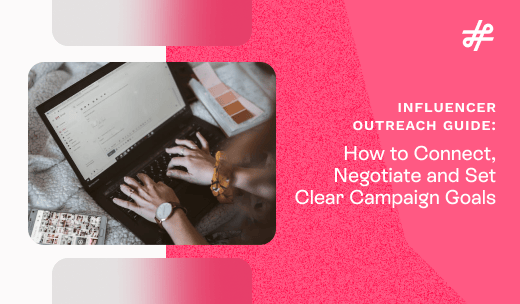
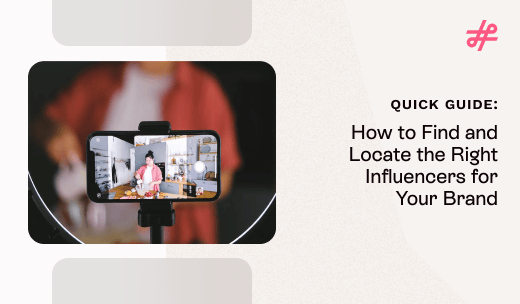



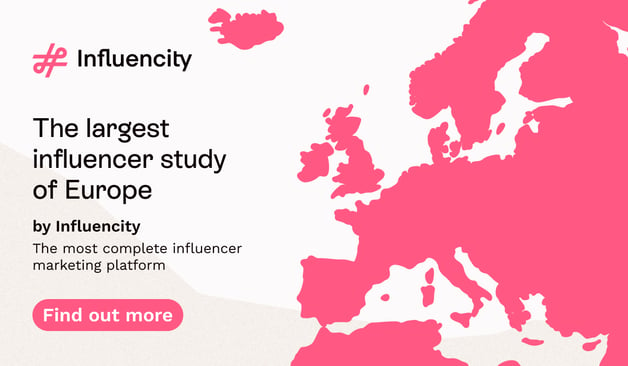

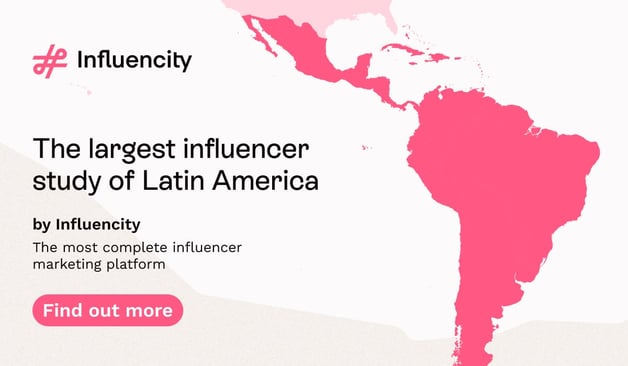


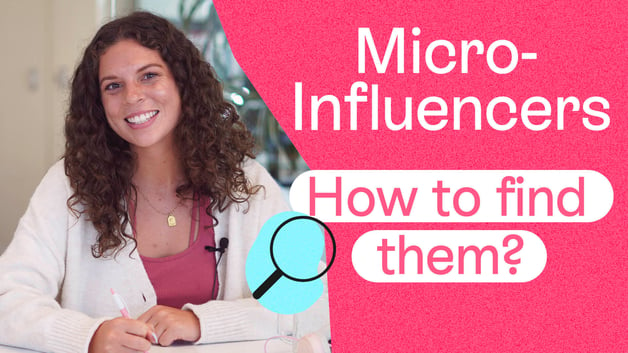


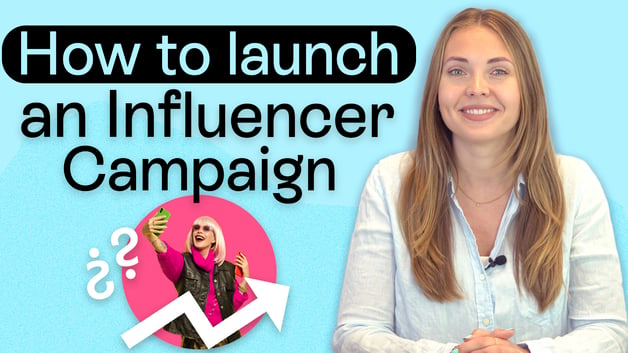

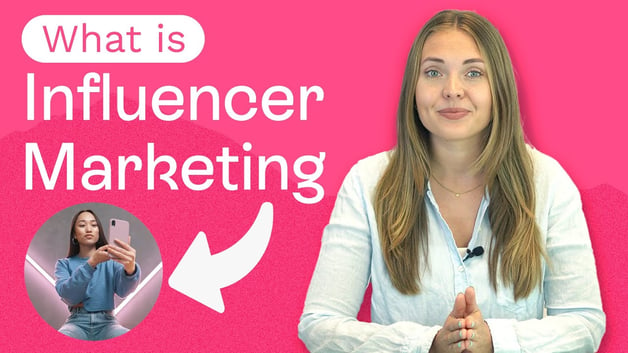

%20and%20How%20Can%20They%20Benefit%20Your%20Brand%20article.jpg?length=628&name=What%20Are%20Key%20Opinion%20Leaders%20(KOL)%20and%20How%20Can%20They%20Benefit%20Your%20Brand%20article.jpg)
